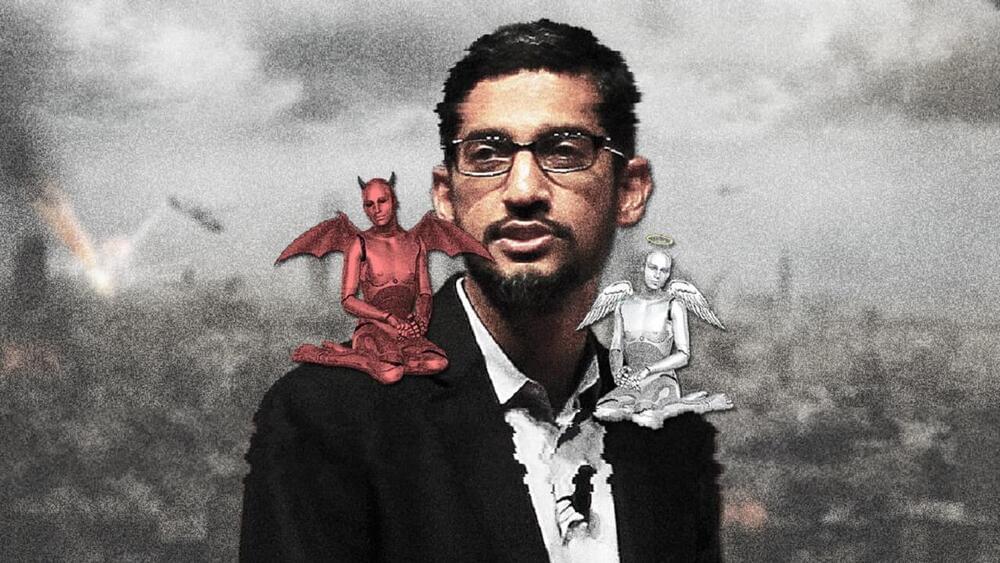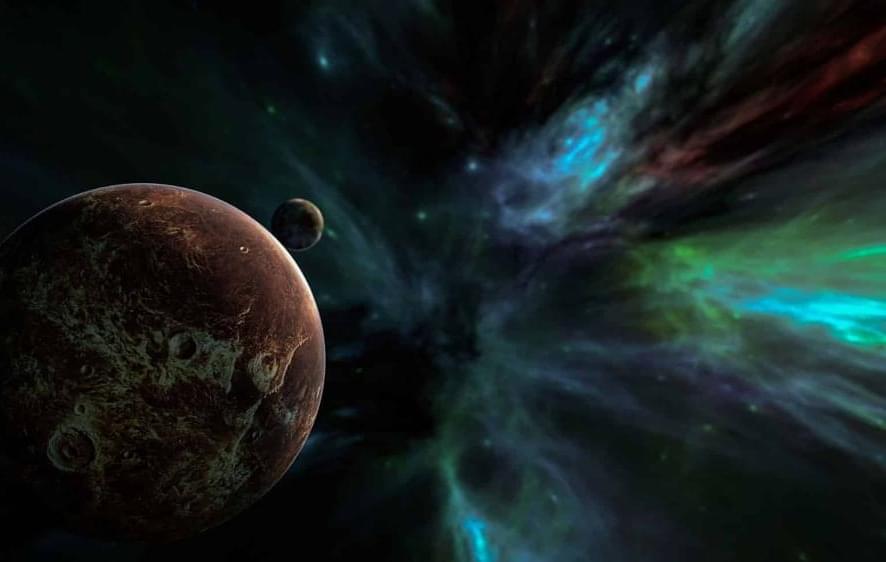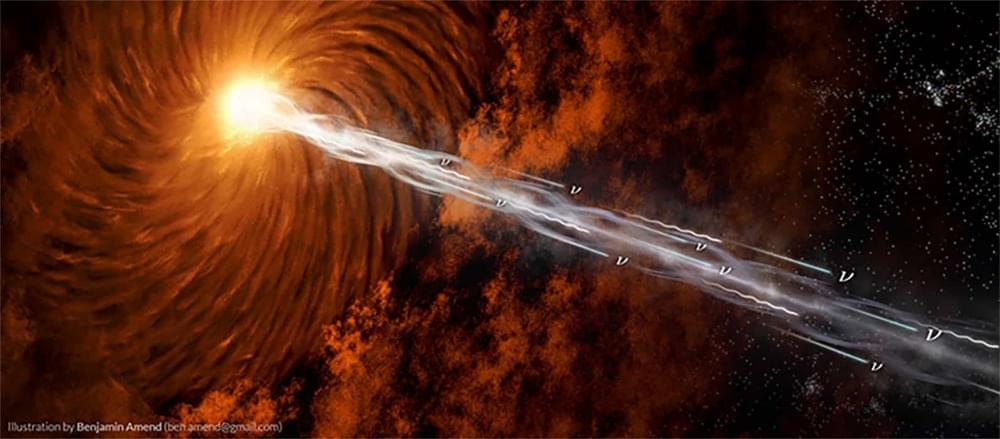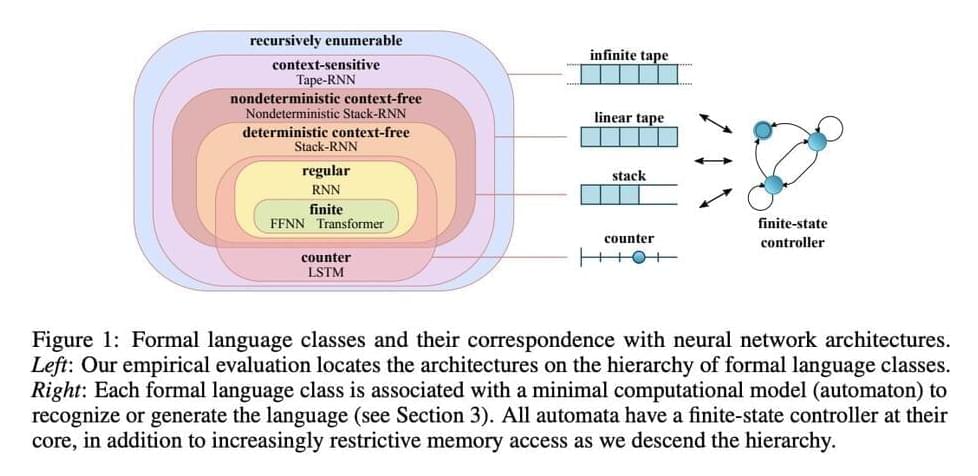It’s not that the particular labelers didn’t do a good job, it’s that they were given an impossible task.
There are no shortcuts to gleaning insight into human communications. We’re not stupid like machines are. We can incorporate our entire environment and lived history into the context of our communications and, through the tamest expression of our masterful grasp on semantic manipulation, turn nonsense into philosophy (shit happens) or turn a truly mundane statement into the punchline of an ageless joke (to get to the other side).
What these Google researchers have done is spent who knows how much time and money developing a crappy digital version of a Magic 8-Ball. Sometimes it’s right, sometimes it’s wrong, and there’s no way to be sure one way or another.





